Roberto Aguirre-Sacasa is the Chief Creative Officer of Archie Comics, the writer behind comics like Chilling Adventures of Sabrina and Afterlife with Archie, and the showrunner for the CW’s Riverdale and Netflix’s Sabrina. But while uniting horror and pulp with Sabrina and Riverdale might seem like a surprise, the wholesome and the horrific have always been closer than they might appear when it comes to the history of Archie Comics, a legacy that can be traced to one of comic’s most infamous moments.
Archie’s Weird Fantasy
In April 2003, a play penned by Aguirre-Sacasa called Archie’s Weird Fantasy was set to debut at Dad’s Garage in Atlanta, Georgia. The play followed Archie as he came out as gay and then moved to New York City in order to begin his career, where he gets a job working in comics.
But the day before the play was set to premiere, the theater received notice from Archie Comics ordering Dad’s Garage to cease and desist with their performance of Archie’s Weird Fantasy on the grounds that it violated copyright protection on seven different counts. The complaint stated that portraying Archie as gay would tarnish the character’s image, hindering his ability to sell future comics.
While the law does protect parody that involves well-known fictional characters, the play also dealt with historical subject matter, including the comic book obscenity trials of the 1950s. In Archie’s Weird Fantasy, Archie didn’t just come out and move to the city, he also faced the consequences of censorship.
Citing concerns over whether the play would be considered parody, which would be protected from copyright claims, or face the risk of fines in excess of a million dollars, Dad’s Garage declined to move forward with the performance of Archie’s Weird Fantasy.
Rather than scrap the play entirely, the script was re-written, and the Archie Comics characters were replaced with doppelgangers. Archie’s Weird Fantasy became Weird Comic Book Fantasy, Archie Andrews became Buddy Baxter, and the show went on more or less intact – just with different names being used for the all-new, all-legally-distinct “Rockville” gang.
Educational Comics
Weird Comic Book Fantasy takes a liberal approach to chronology, drawing from multiple historical events without regard to the amount of time separating them. This means that after Buddy has left the security of Rockville and moved to New York City, he is able to take a job at Educational Comics, better known as EC.
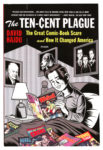
Bill, who appears onstage as a character in Weird Comic Book Fantasy, took a very different approach to comics than his father. Rather than continue printing the educational and Bible-oriented titles his father had been publishing — which had cost the company dearly and left it deeply in debt — the younger Gaines elected to pursue titles that he thought would be more popular, hiring artists such as Al Feldstein to emulate “teenage comics” like MLJ’s Archie and Timely’s Patsy Walker.
Part of the EC style involved pivoting toward newer trends, seemingly at the turn of a page: when Gaines decided that teenage comics were no longer profitable, EC shifted to a line of comics that was primarily comprised of crime story comics.
Sometimes titles would evolve from one genre to another, or several titles would be combined, as was the case when Weird Science and Weird Fantasy became Weird Science-Fantasy. As the 1950s began, the dawn of horror comics began at EC.
Seduction of the Innocent
But something wicked was slouching toward the Senate. In 1954, Senator Robert C. Hendrickson formed a committee on juvenile delinquency. Hearings were then arranged to expose the “truth” behind comic books, and determine what “impact” they might have on the minds of children. Determined to demonstrate that comics were not the degenerate rags that the Senator made them out to be, Gaines himself volunteered to speak at the hearings.
Gaines spent days preparing an impassioned defense of comic books, arguing that they could be used to tell different types of stories (he cited the fact that EC published both horror comics and Picture Stories from the Bible) and that certain books may simply not be to a particular person’s taste.
But as he moved beyond his prepared remarks and began facing questions from the committee, Gaines lost ground as the unfriendly senators bombarded him with inquiries designed to undermine his argument. He spent several days recovering from the ordeal, but the hearings appeared on the front cover of newspapers the next day: April 22, 1954, coinciding exactly with the beginning of Joseph McCarthy’s infamous Communist probe.
Approved by the Comics Code Authority
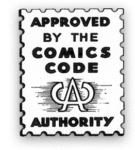
Goldwater was no fan of Gaines, who had parodied the squeaky-clean image of Archie in the pages of Mad with a character called “Starchie.” One of the early suggestions made by the CMMA included banning certain words from the titles of comics – such as “terror” and “horror” – which effectively served as a targeted ban on the horror comics published by EC.
Devastated by the blow to the production of his comics, Gaines vowed to never give in — before changing course and caving to the pressure of the newly minted Comics Code Authority by introducing a new line of “wholesome” comics designed to earn the approval of the censors. The endeavor was sustainable for only a few issues before a dispute with one of the censors over the inclusion of a black astronaut in a science fiction story served as the final straw: the issue eventually went to press, but Gaines abandoned the comics business.
But one of Gaines’s endeavors did persist: by reclassifying Mad as a magazine, the satirical periodical was able to avoid the stringent guidelines to which comics were subjected, and continued its distinctive brand of irreverent social commentary unhindered.
The Kids Aren’t All Right
In 2009, John L. Goldwater’s son, Jon Goldwater, became co-CEO of Archie Comics. As evidenced by the Comics Code, the elder Goldwater placed a heavy emphasis on tradition — in the mid-1970s, John licensed Archie for Evangelical comics despite the fact that he was Jewish, citing shared values.
By contrast, Jon is fond of an anecdote concerning a train ride he took shortly after being appointed co-CEO, when a stranger saw him reading an Archie comic and then asked whether or not they were still being published. Jon resolved to bring Archie back to relevance by any means necessary, urging his creative team to consider any idea, no matter how outlandish it might seem.
One of the outcomes of this creative blitz was a revival of the Life with Archie series in 2010, which had been reformatted from an anthology of genre-spanning adventures with the Riverdale gang into a tale of two timelines, following an adult Archie as he settled down and got married — to either Betty or Veronica, depending on the storyline.
The series was a success, garnering critical and popular acclaim, and it wasn’t the only progressive development for Archie Comics that year: 2010 also saw the introduction of Kevin Keller, Riverdale’s first openly gay resident.
Afterlife with Archie
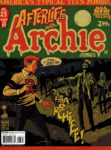
No stranger to horror comics, having previously adapted Stephen King’s The Stand for Marvel comics, Aguirre-Sacasa incorporated a variety of horror-genre inspirations on top of the archetypical foundations of the Riverdale gang. Combined with Francavilla’s uncanny illustrations, Afterlife with Archie became a cult hit, delighting fans of the horror genre and the Archie gang alike.
Chilling Adventures of Roberto Aguirre-Sacasa
The success of Afterlife with Archie led to an entire line of Archie Horror comics, including Vampironica and Blossoms 666. Aguirre-Sacasa himself continues to be involved in the Archie Horror books, writing Chilling Adventures of Sabrina as well as Afterlife with Archie.
As showrunner of both Riverdale and Chilling Adventures of Sabrina, Roberto has offered his singular perspective on the classic Archies Comics characters. But his interpretation of the Riverdale gang has its foundation in his awareness of both Archie Comics and comic book history.
This is evidenced by the Netflix series Chilling Adventures of Sabrina, in which many characters are named for the characters in Arthur Miller’s The Crucible, a play about both the 1692 Salem Witchcraft Crisis and the 1954 McCarthy Communist probe.
While the past should not be ignored, Aguirre-Sacasa’s work never allows itself to be limited by the past, instead using history as a ladder to step upwards into the future — even when more than one attempt may be necessary to succeed in taking that first step.


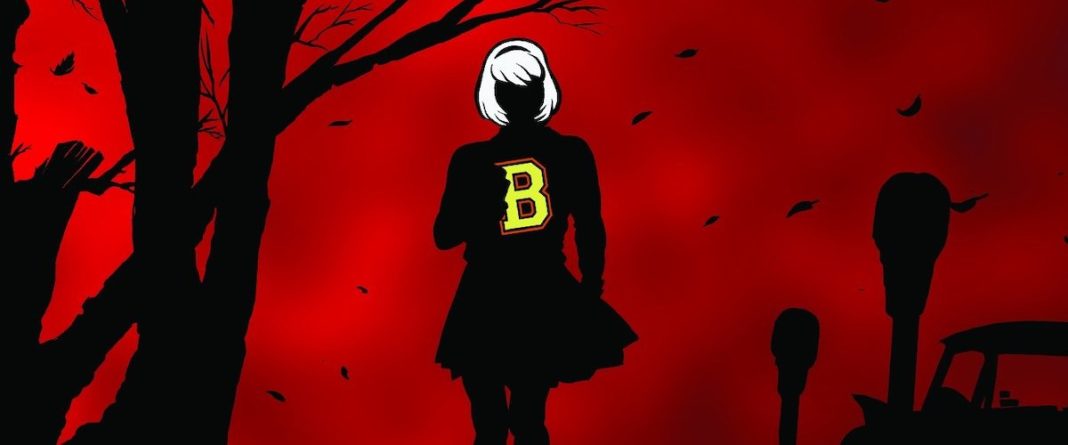
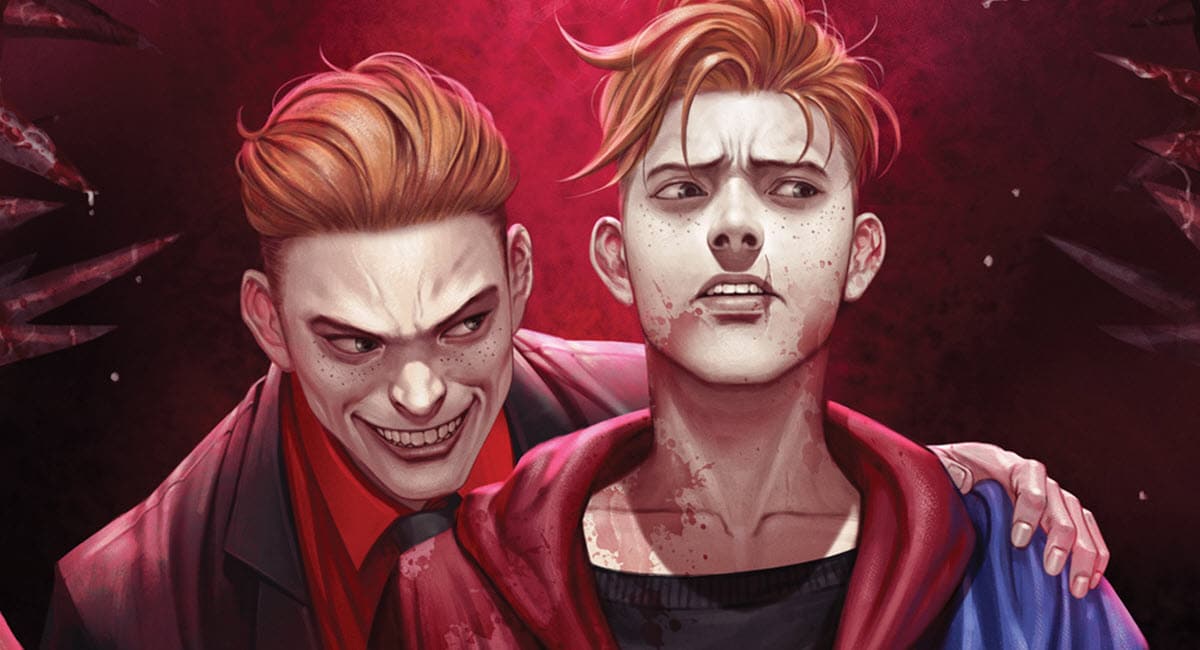
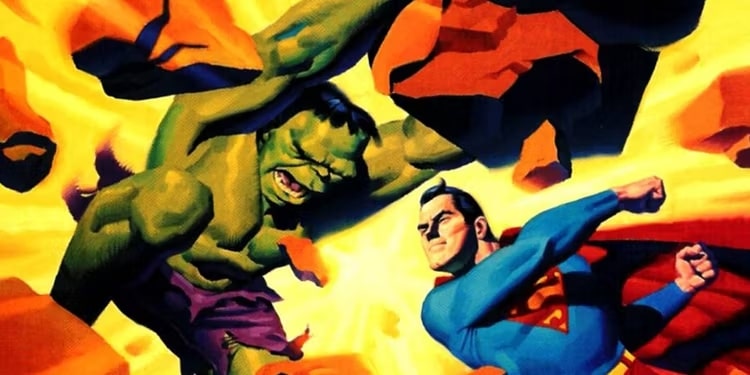
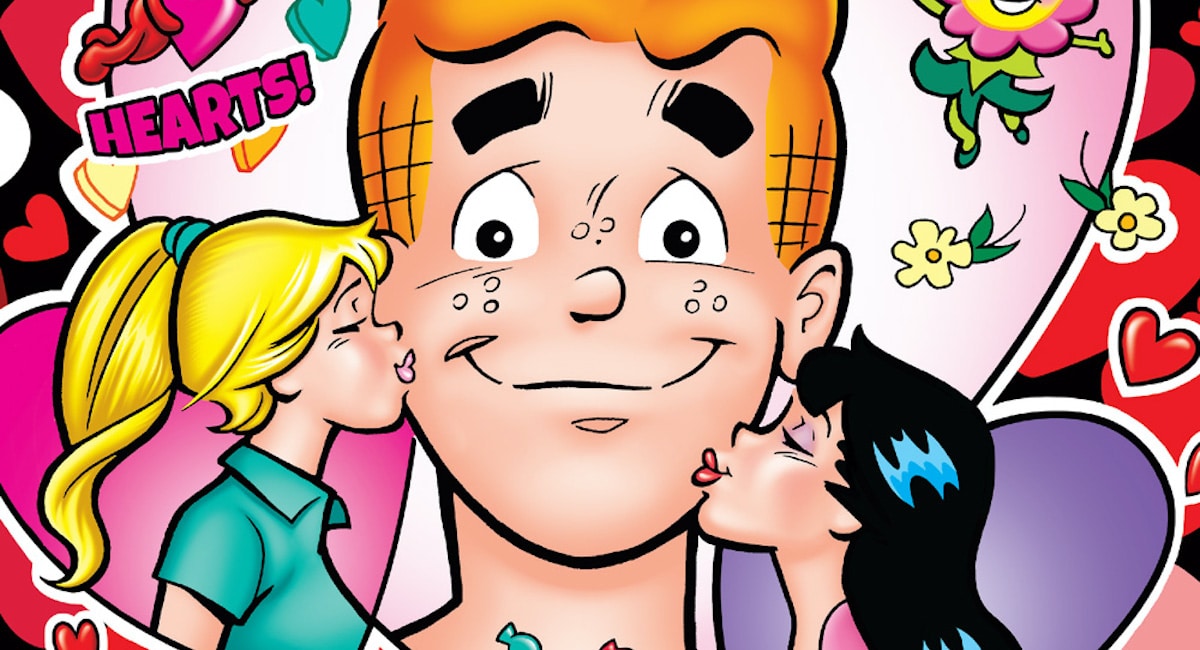


The problem I have with him is Hollywood came calling and he told his comic fans, “I’m going out for a pack of Cigarettes” and he NEVER came back. Both Life with Archie and Sabrina were left hanging…for years.
As good a place as any to ask if Afterlife With Archie has been cancelled? On hiatus? Forgotten about? Something???
Comments are closed.